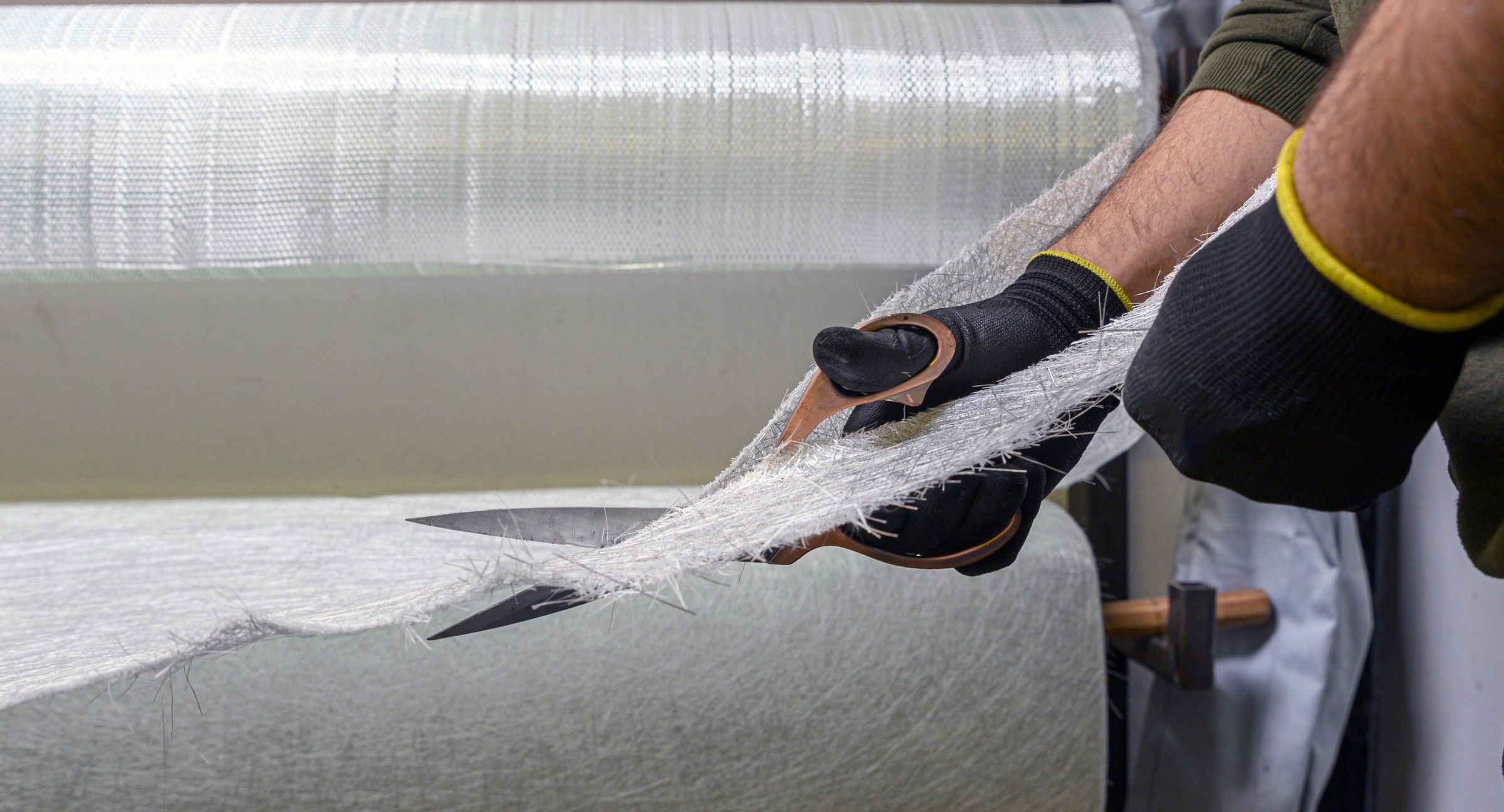Understanding The Basics Of Fiberglass Fabrication


Have you ever marveled at the body of a sleek new sports car, the hull of a boat, or even the massive blades of a modern wind turbine? Chances are, you’re seeing fiberglass in action. These are only a few examples of the wonders of fiberglass fabrication. Chances are, you encounter fiberglass every day—whether it’s in the form of roofing shingles, window frames, office furniture, luggage, playground equipment, etc.
But how do we turn simple glass fibers into some of the most versatile and durable products we unknowingly use daily? We’ll walk you through the process here.
Why Fiberglass?
Fiberglass becomes one of the most durable and versatile products on the market when mixed with thermosetting polymers like epoxy, polyester resin, or vinyl ester resin. Here are a few reasons fiberglass is used in so many unique applications:
Strength and Durability: Fiberglass has a high strength-to-weight ratio, making it stronger than many metals.
Corrosion Resistance: It doesn’t corrode, making it ideal for outdoor and marine applications.
Thermal Insulation: Fiberglass is an excellent insulator, making it perfect for use in homes and other buildings.
Design Flexibility: Fiberglass can be shaped into many forms and sizes, allowing for the perfect balance of creativity and practicality.
Non-conductive: Fiberglass is an insulator, which means it is safe to use in electrical applications.
Cost-Effective: Fiberglass offers a more affordable yet durable alternative to materials like carbon fiber.
How We Make Fiberglass
Fiberglass fabrication, particularly the hand-lay technique, is an intricate process that involves several steps. Here’s how we do what we do:
Evaluate and Plan the Custom Design Needs: Every project begins by assessing the purpose, functionality, and look. We assess the specs, take measurements, and consider design properties in this stage.
Design Mold to Specific Dimensions: We create a mold tailored to your specific design needs, ensuring precise dimensions. Made usually from wood, plastic, or metal, this mold provides the essential shape for molding the fiberglass.
Hand-lay Several Fiberglass Layers Around the Mold: Next, we hand-lay fiberglass materials like mats or fabrics over the mold. After that, we apply resin (such as epoxy, polyester, or vinyl ester) to the fiberglass. The resin saturates the fiberglass, ensuring it conforms to the shape of the mold. We may repeat this process several times to further build the necessary thickness and strength.
Cut the Hardened Fiberglass from the Mold: The newly formed piece is carefully removed from the mold after the resin has cured and the fiberglass has hardened. If we find any imperfections or need to strengthen the fiberglass, we may add additional layers of fiberglass and resin.
Sand: Once the fiberglass has fully cured, we sand the surface to smooth out rough or uneven areas. This prepares the surface for finishing.
Wax Coat: The final step involves applying a wax coat to protect the fiberglass and give it a smooth, polished surface.
Your Vision. Our Expert Fiberglass Fabrication.
Are you looking for expert fiberglass fabrication, from concept to completion? Painted Rhino is here to help. Contact us for a quote, and explore how we can turn your vision into a high-quality, tangible product. Start your project with us today!